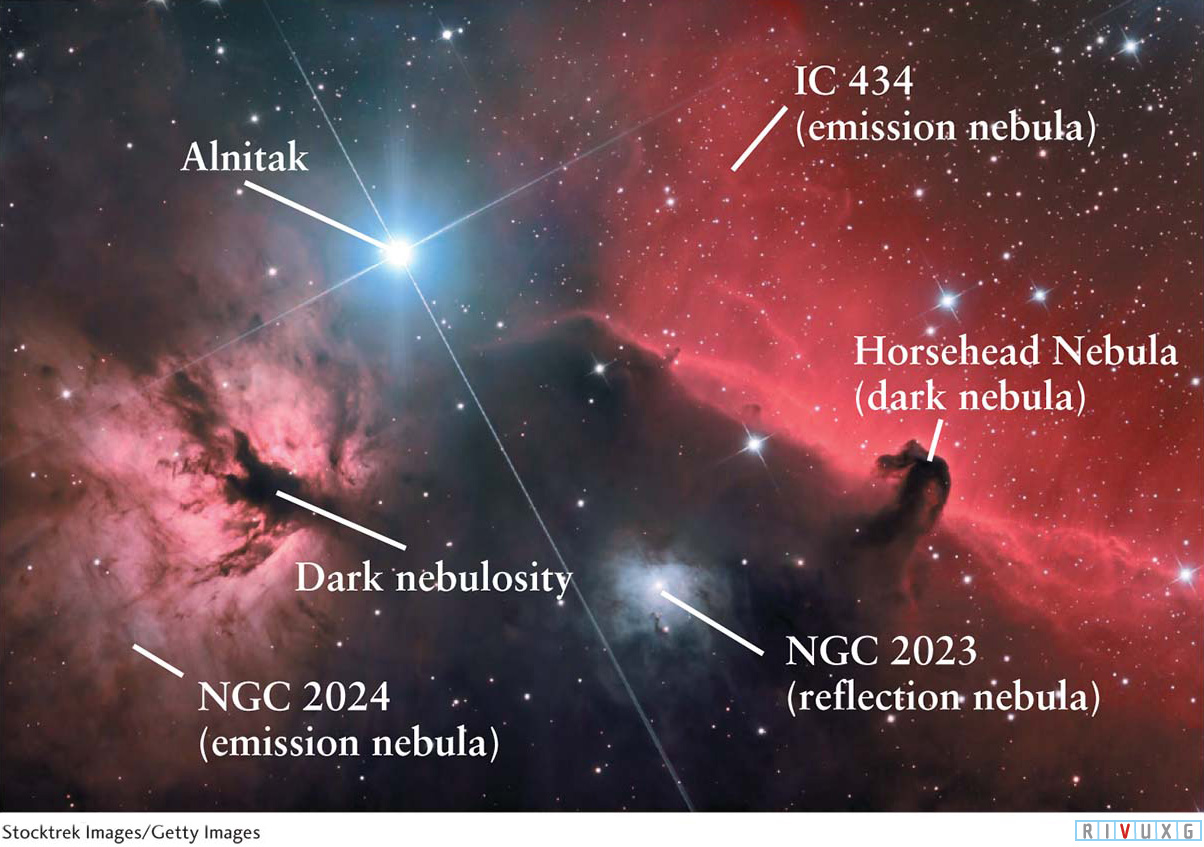
Figure 11- s- t- t- t-